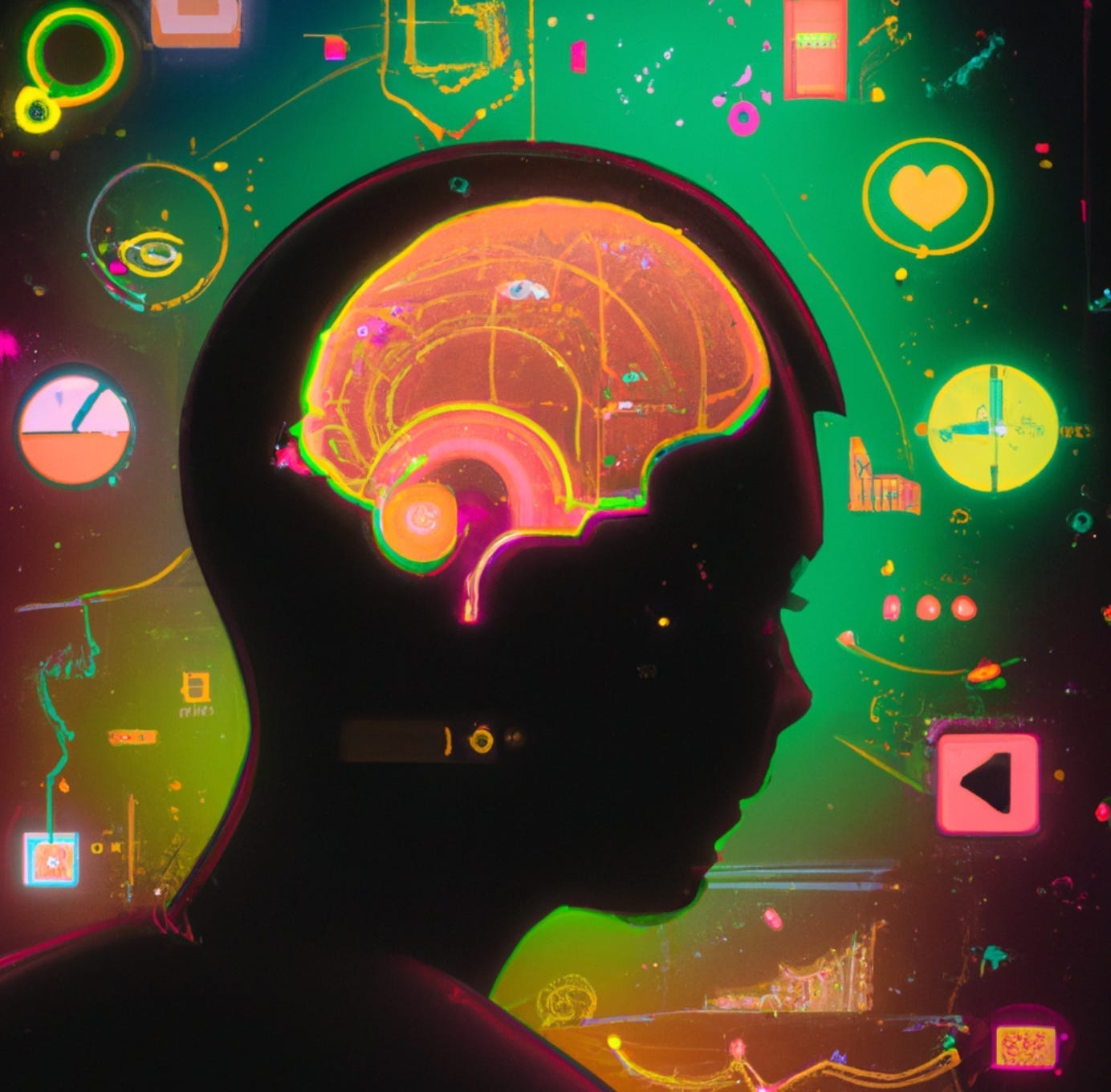Recycling CO and the Importance of Education
The Biotech Briefing
When I talk about life sciences to people, especially back in Croatia, the main thing that comes to their mind seems to be medicine, therapeutics and diagnostics. You might as well think the same.
We’re still in the beginning stages of what is going to become a very new world when it comes to life sciences and their applications across industries. In this edition of the biotech briefing, I will explore an example of a type of biotechnology that’s now succeeding at its seemingly unusual mission.
Enter: carbon dioxide recycling.
A few companies have recently hijacked the process of creating proteins out of thin AIR. In a similar way that people figured out how to use microbes to ferment barley into beer, and wheat into bread, these modern companies found the right microbes, and figured out the right recipe of simple ingredients to allow for the digestion and recycling of CO2 into a super-protein. The product of this fermentation is, in essence, a combination of all the essential amino acids, vitamin B12 and some less significant nutrients that can be used as a mixture to create different ‘fake meats’ out of.

Compared to current alternatives for growing food, this method of obtaining protein is doing well on multiple fronts:
it offers landless, highly upscalable agriculture
It’s made out of 2x the proportion of amino acids compared to soybeans
It’s free from GMOs, pesticides, herbicides, hormones and antibiotics
The farms can be built virtually anywhere, grow in any climate and at all times of day
Fake meats are only one way of using microbes to recycle CO2. Other companies and start-ups are figuring out ways to recycle it into fish feed, develop medicines and make fuel.
Find some examples here:
Novozymes - a company that aids multiple biotech firms in similar goals
Topsoe - another company that aids decarbonisation using biotechnology
If you’re surprised by this, just remember that plants and microbes of all sorts have been doing a very similar thing for almost two billion years: Photosynthesis is, after all, the process of combining carbon dioxide molecules into sugar, by using the energy of the sun.
Besides using it as a nutrient, plants utilise sugar as a backbone monomer of cellulose, a sturdy material that forms out almost all parts of any plant. All plants are therefore mostly made out from air.
If you feel like you missed out on understanding this, you’re not alone; even the ‘top tier’ graduates from MIT seemed to have somehow missed this.
That leads me nicely back into what I like to talk about in the second part of my newsletter: the education system is flawed, and in desperate need of revamping.
Education in the Age of AI
As an AI enthusiast, as well as an aspiring educator, I’ve been contemplating on the future of education, and how we can make sure that we’re on the right path while still making good use of the technology we’ve been given. While writing this article, I’ve been reflecting on my process of becoming an educator, but also the process of being a student, and what I feel I lacked from it. I ended up writing a complete Medium article about it instead.
Here’s a short summary (generated by AI):
This year holds the promise of significant changes in education. AI language learning models like ChatGPT, Microsoft Bing, and Google Bard are providing students with shortcuts to navigate homework and evade the challenges meant to foster independent problem-solving. Banning AI use presents complex dilemmas, given the undeniable productivity boost these tools offer.
Moreover, students are increasingly witnessing individuals, including their peers, achieving substantial financial success without formal education. I argue that the solution to this quandary lies in distinguishing personal career and educational aspirations from the pursuit of financial independence.
One pressing issue is the waning interest in education among children and their misconceptions about its purpose. Effective communication about the value of learning is pivotal in motivating students, especially given the allure of AI shortcuts.
Children who lack genuine engagement in learning may resort to using AI to complete their work, potentially robbing them of the joy of authentic learning experiences. Encouraging students to adhere to the educational curriculum is paramount:
Learning cultivates humility, broadens our perspectives, and deepens our appreciation for life's intricacies. It also underscores our dependence on systems developed over centuries to uphold world peace, the very foundation of our existence and quality of life.
The learning process assists in identifying and overcoming cognitive biases, fostering self-assessment. It promotes mindfulness, reveals strengths and weaknesses, and bolsters confidence—a crucial attribute for effective teamwork.
Collaborative projects are becoming increasingly captivating and accessible, spanning a multitude of fields, from synthetic biology to creative industries, engineering, sustainable development, renewable energy, and space exploration. The possibilities for creative achievement appear limitless.


